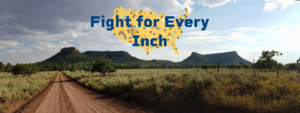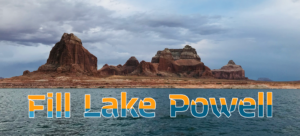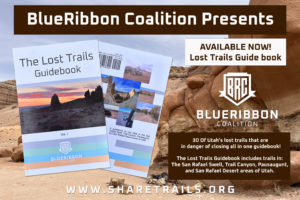UPDATE: The comment period has been EXTENDED to August 10, 2024.
The BLM will hold an in person meeting, July 25, 2024 5:00-7:00 at the Wellton Community Center
The BLM in Arizona, has opened the public comment period for next stage of the Yuma East Travel Management Plan. The Bureau of Land Management will accept public comments on their proposals through August 10, 2024.
Earlier this year, we encouraged members to submit feedback on an early version of this plan. Now they have incorporated the feedback received, and the BLM could potentially close over 500 miles of routes out of 1300 miles if we don’t build a strong record of support for the existing trail system.
The BLM manages over 700,000 acres within this project area. Alternative A gives the current management plan that has identified 1, 299.3 miles of routes within the area. Three different management options are given, Alternatives B-D. Alt. B is the resource protection alternative, Alt. C is the “balanced” approach, or “multiple use” and Alt. D is the access emphasis option. Even Alternative D still proposes to close 227.5 miles of roads and limit 87.3 miles. We need everyone to look at the maps below and identify any routes that are red (closed) that you know and love and include them in your comments to advocate keeping them open. The BLM expects to have made a decision by December 2024 which means these could be implemented the beginning of 2025.
The Different Alternatives:
The BLM manages over 700,000 acres within this project area. As is common with these plans the BLM has introduced four alternatives that include varying levels of closures. Alternative A is the current route system. Alternative B is the resource protection alternative, which closes the highest number of routes. Alternative C is the “blended” alternative. Alternative D is what they call the access alternative. Even Alternative D still proposes to close 227.5 miles of roads and limit 87.3 miles, so it still limits a significant amount of access.

Alternative Maps
In addition to the maps above, you can use the BLM’s interactive map to view the status of individual routes for each alternative:
Interactive Map
The Route Report document provides the BLM’s analysis of each specific route:
Route Report
In addition to these resources, the Environmental Assessment highlights the reasons for potential closures is due to proximity to Native American sites, the Anza National Historic Trail, Wilderness and Sears Point ACEC. Other justifications are for stream crossings and wildlife habitat management areas. However, the EA identifies that mitigation efforts should be used and a management option is to re-route or only close routes seasonally due to lambing and other wildlife habitat sensitivities. BRC strongly encourages the BLM to re-route trails rather than permanently close the trails for all future use and access.
Many routes are being considered to closures due to “potential” impacts to riparian areas and water resources, “would result in lower potential for ongoing OHV-related impacts to water quality and and aquatic habitat”. The BLM needs to be using best available information to make these decisions. Using possibilities is arbitrary and capricious and should not be the measuring stick for closure.
Mileage is proposed for closure due to Wilderness and lands managed for wilderness characteristics. The BLM cannot be creating buffer zones to designated Wilderness. There are already restrictive designations within the travel planning area such as, Sears Point ACEC, Eagletail and Muggins Mountains Wilderness and Juan Batista de Anza National Historic Trail. The BLM should be working to maintain access to the rest of the area.
This plan also will not allow e-bikes on traditional biking trails.










